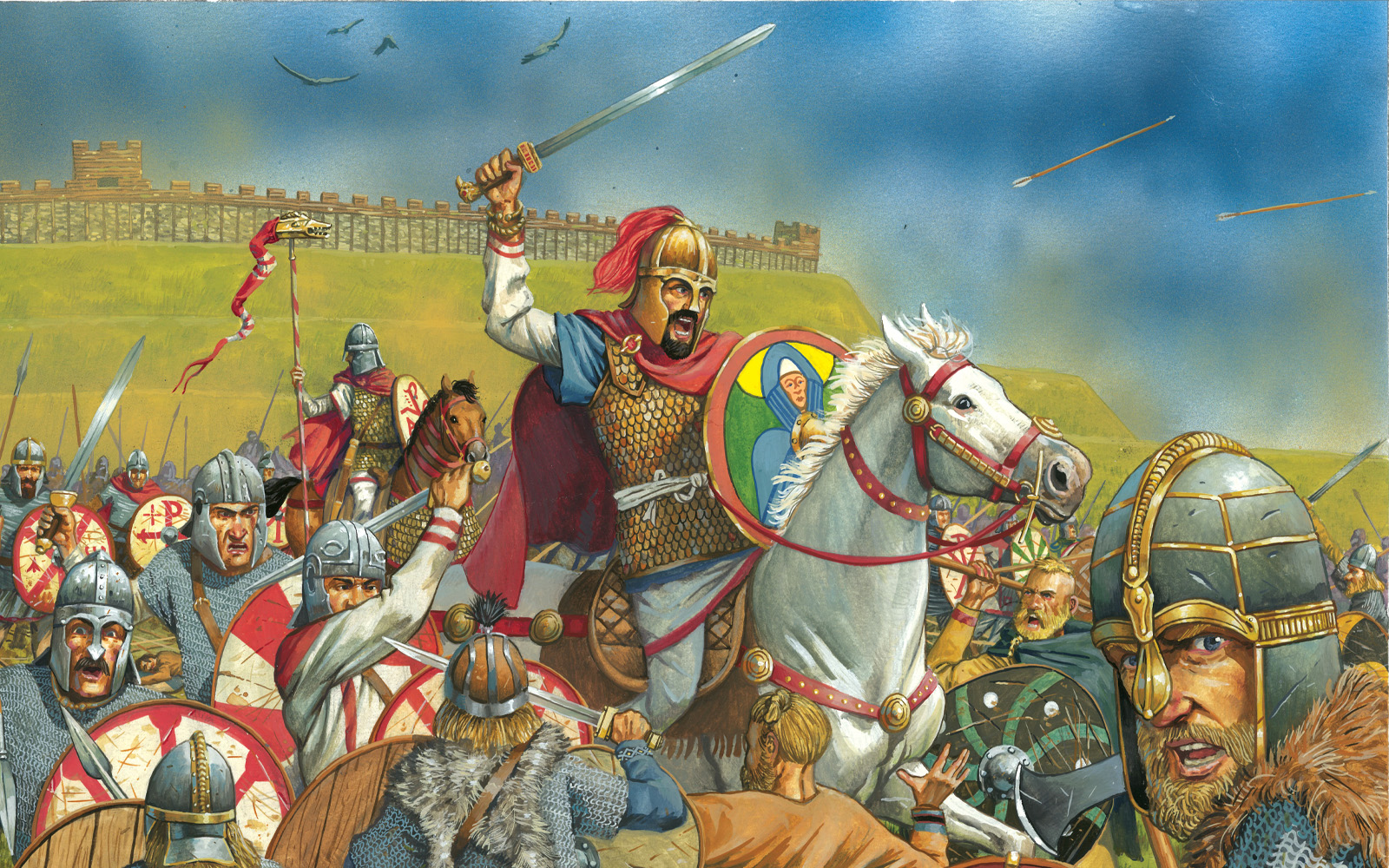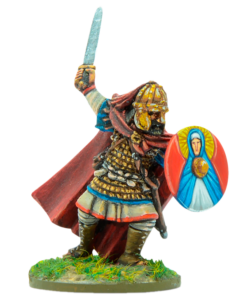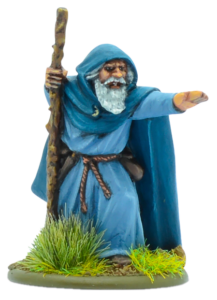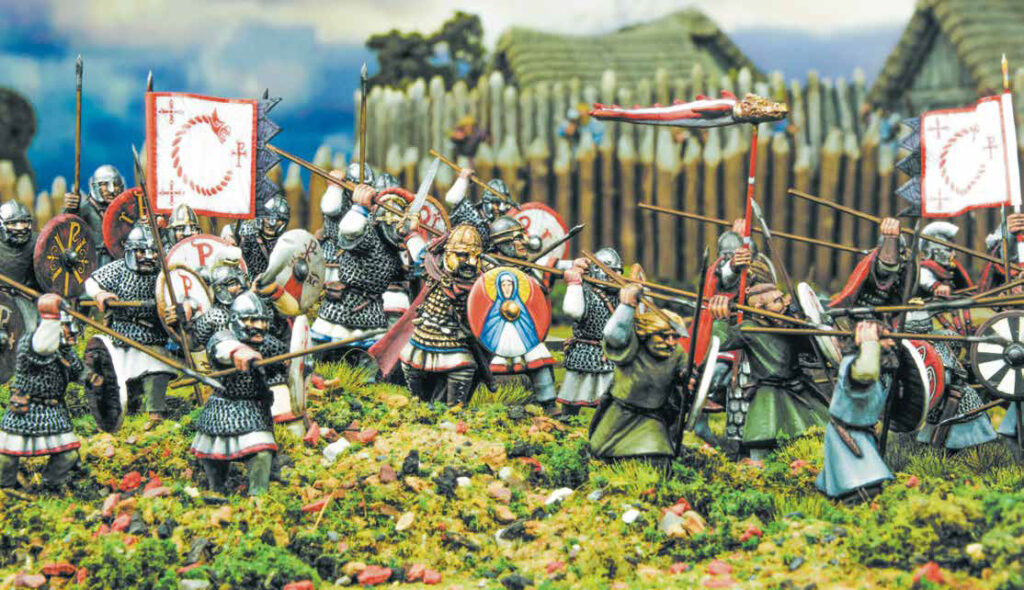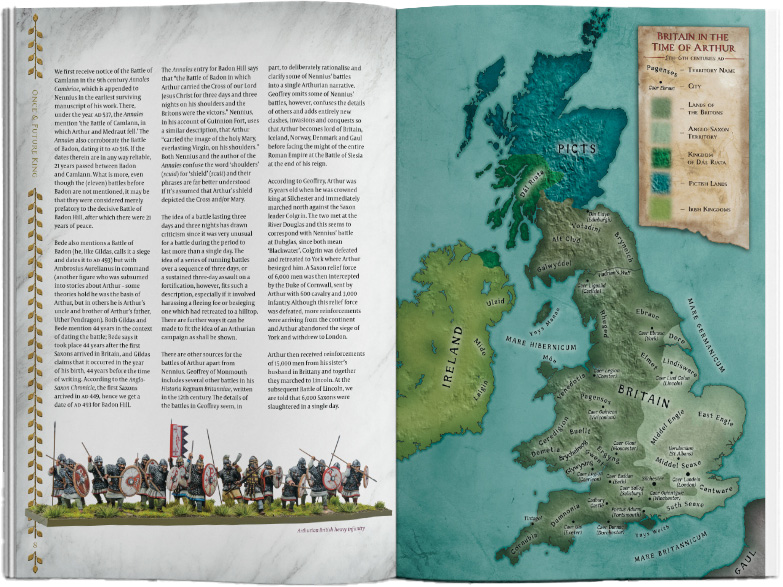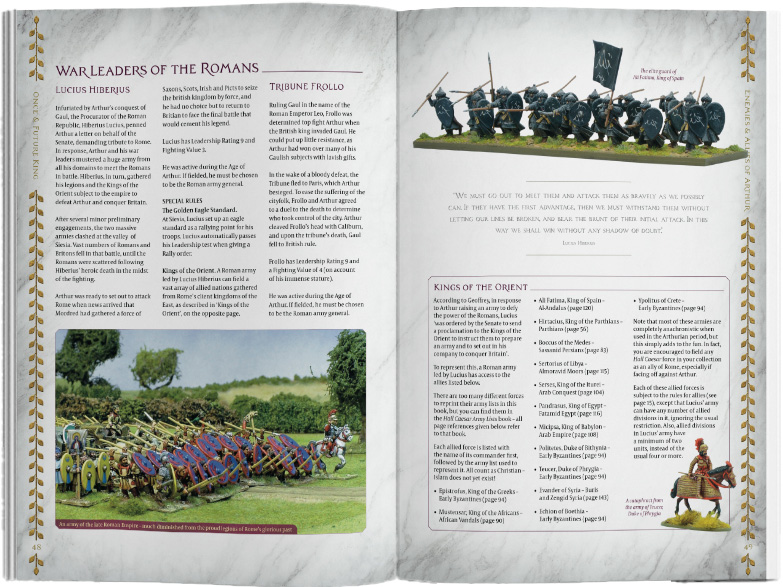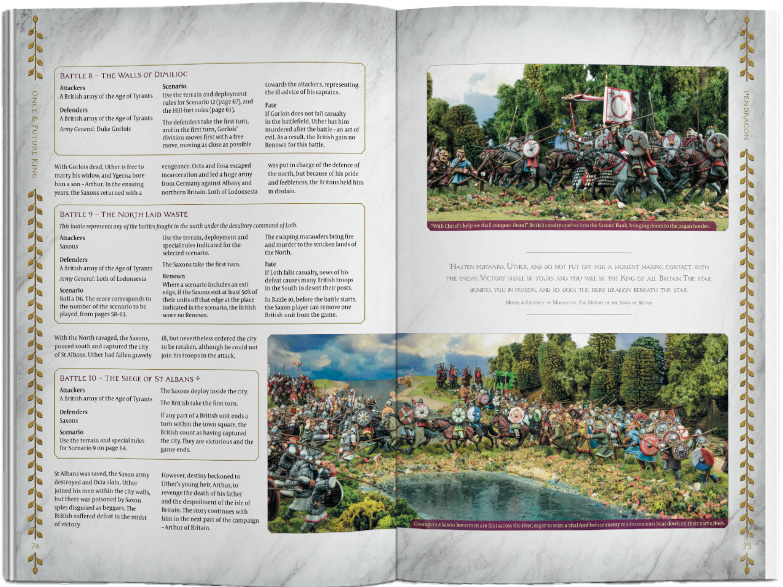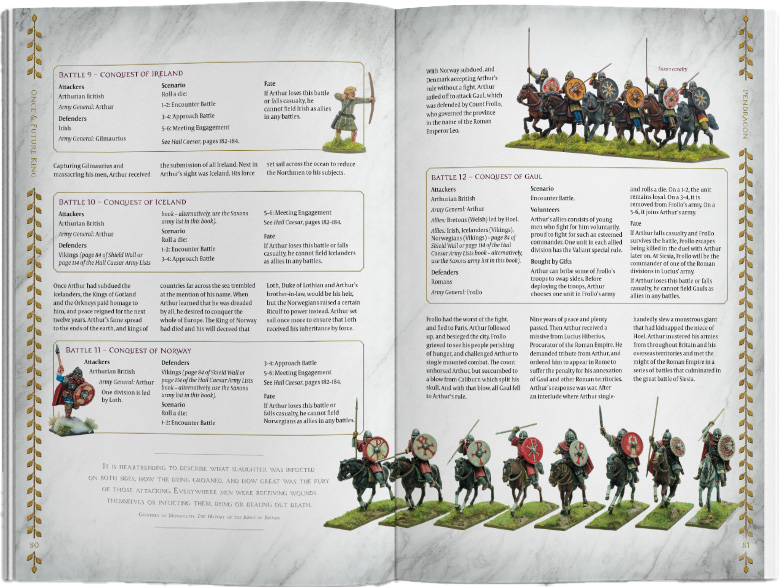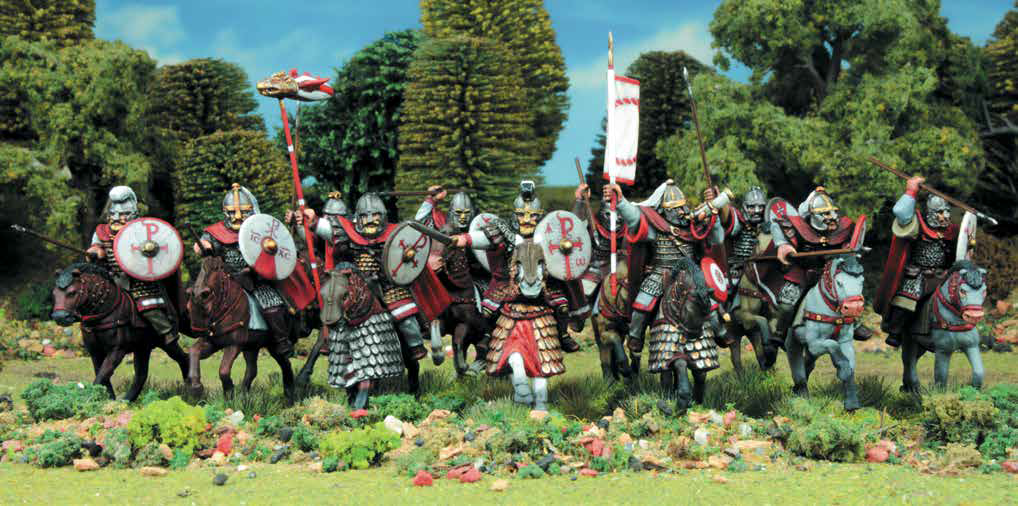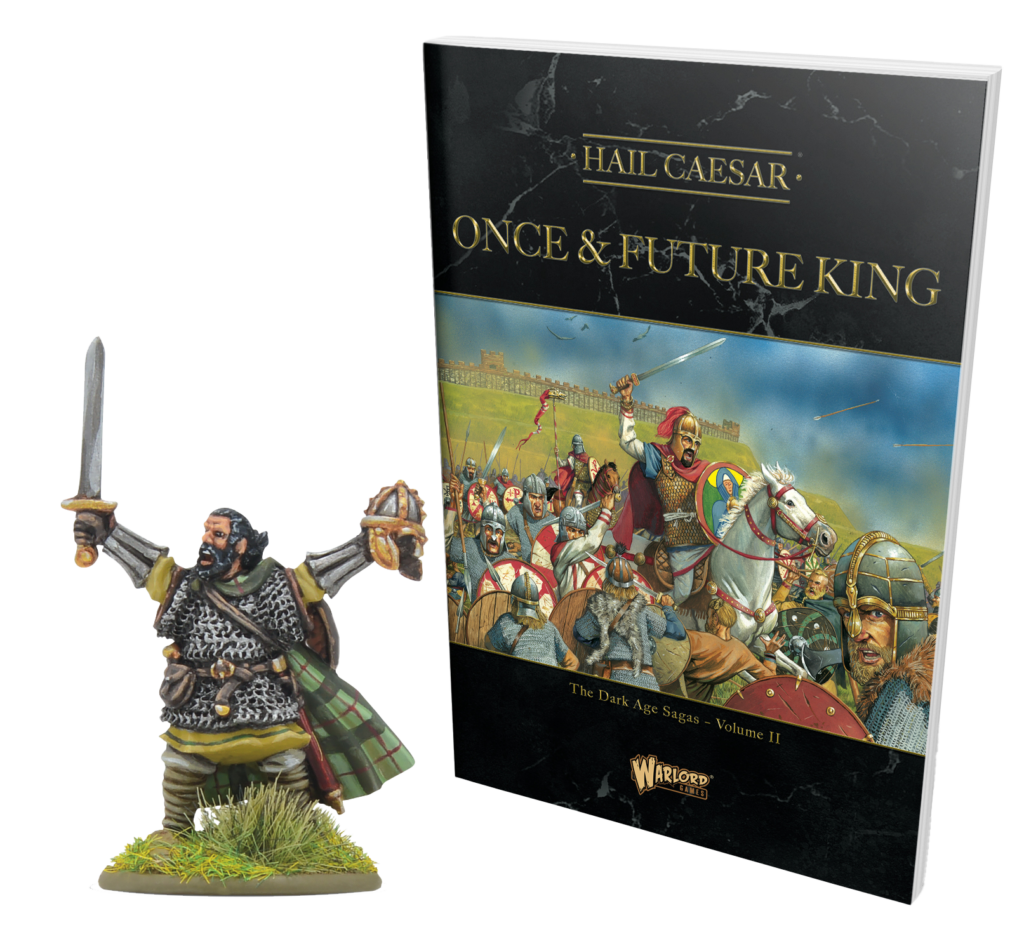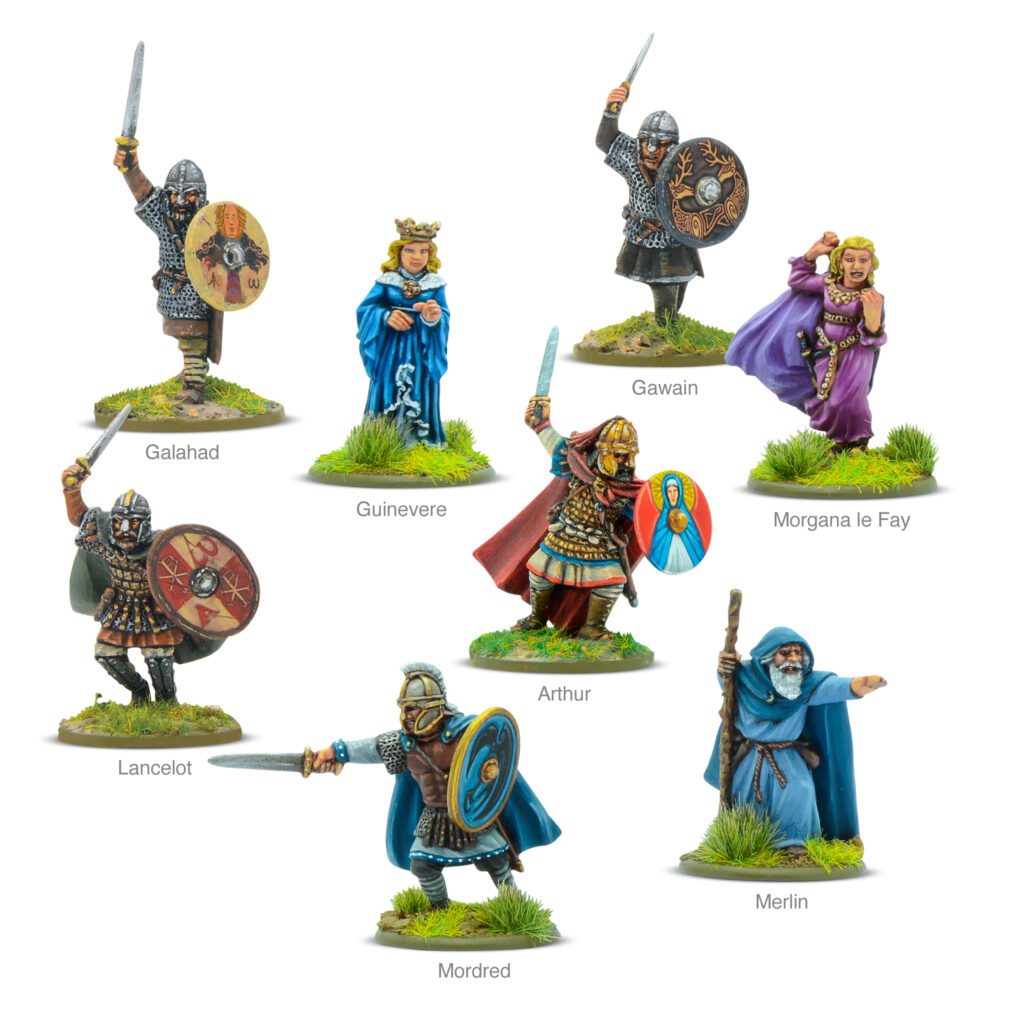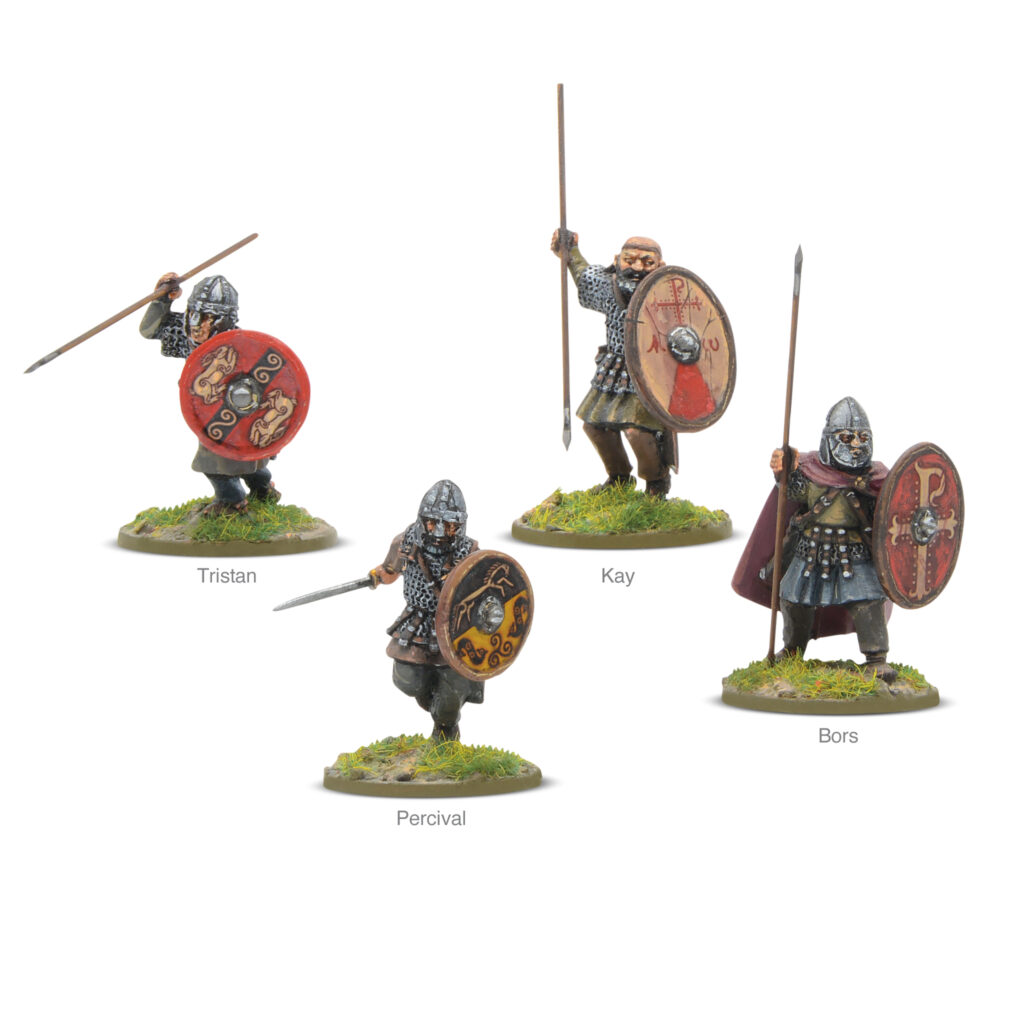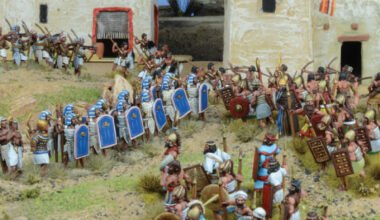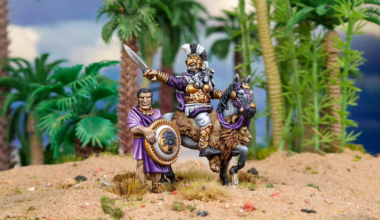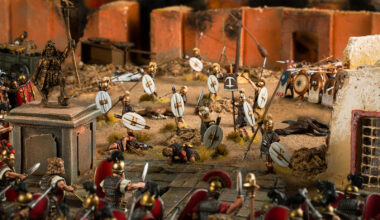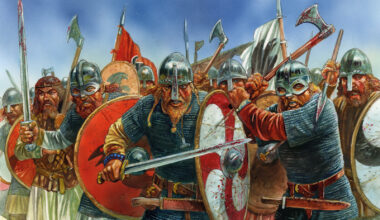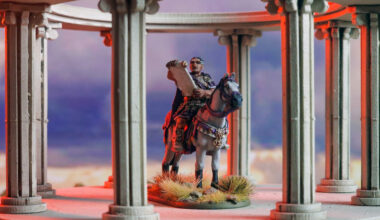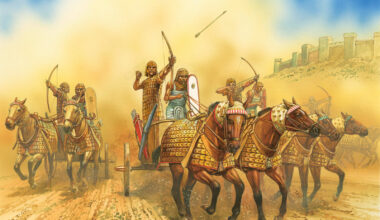We asked Murray Dahm, author of the upcoming Hail Caesar supplement, Once & Future King, to talk about his approach to adapting Arthurian history and legends to the tabletop battlefield.

I have always been interested in military history – my father was with the Royal New Zealand Engineers in Malaya in the 1960s and, as a boy, he used to buy my brother and I Airfix and Matchbox kits and figures – usually in 1/76 or H0/00 scale but sometimes 1/32 scale (I went for figures and tanks, my brother more for planes). My continuing love of modelling grew from there (I was not yet a wargamer, however). At university I opted to do several degrees in both ancient history and modern history (although I tended to try and do topics which stayed close to early medieval, medieval – only as late as the Elizabethan era). In all of those subjects I maintained a fascination with the military side of history (even when it was out of fashion or favour to do so). And so, I eventually finished two Masters’ degrees (an MA (Hons) and an MLitt), both on topics concerning Greek and Roman military history. After a few years in the academic wilderness (where I did publish several academic articles), I started writing for Ancient Warfare Magazine, Medieval Warfare Magazine and others, and then Osprey, on a wide range of (mainly) ancient military subjects. Parallel to that I began to move into wargaming – (my first foray was playing the games associated with the Lord of the Rings movie trilogy) – I had always collected models and toy soldiers, built models, dioramas, and laid out my figures ‘on parade’ but actually playing wargames was new. Since then, however, I have dived head-first into the hobby – 28mm, 15mm, 10mm are now more common terms for me than the old scale (although I can still slip into ‘scale talk’ if required!). And my garage is filled to the brim with wargaming projects, figures and rules sets (and they are closer to the front than the older modelling projects these days!).
It should come as no surprise then that the Arthurian period (roughly AD 450-550) was one of my many military fascinations – both as actual history and that very interesting place where history and myth meet. Another of my hobbies is film and Arthur has been done so many times and in so many ways – some better than others – but all valid and interesting in their own way. And, being me, I love the military history of that period of the end of the Roman Empire and the beginning of the Medieval – the Dark Ages (I have already written a Saga for Shieldwall on the Battle of Maldon, here). I actually published a book earlier this year (Finis Britanniae from Amberley) where I looked at this entire, complex period – the end of Roman Britain – without focussing on Arthur at all (although there is an appendix ‘And What About King Arthur?’). So, my take is essentially to explore the historical possibilities of King Arthur (and I know he probably wasn’t a king – but a dux (a late Roman military title – and one from which we get the title duke).
Where History & Legend Collide
So, in Once & Future King you will find an historical approach to the warfare of the Arthurian period. Ah, but what, I hear you say, about the myths of King Arthur? Those myths are, in the popular imagination, better known than the history. Indeed, they are. However, most myths, no matter where they come from, have some kind of grounding in the history of the period and culture – even if the reality of the history is lost in the mists of time. And Arthur is no exception – there are probably real and sound origins to the ideas the legends of Arthur present – for instance, his shining knights in later stories are, I think, tied up originally in Late Roman heavy cavalry (cataphracti and clibanarii) and several myths around swords in stones or bodies of water surround leader figures from the same period (Attila’s Sword of Mars being one). Even figures like Merlin and others later associated with Arthur’s court seem to have a historical basis – even if the popular idea of the figure is a long way removed from the historical basis. Several of Arthur’s knights (and his opponents) make ideal choices for leaders within your wargaming armies – they have traits and special rules based on what we know of their personalities (from legend perhaps – but I think based on real people and real characteristics and, well, someone has to lead your troops!).
What is more, the overriding idea behind Arthur – and why he became King Arthur – is the idea, or need, for a British champion defending Britain at a time of seemingly inexorable foreign conquest. The presentation of such a figure in the sources makes sense, even if the reality was different from the legend. And so, we find the figure of Arthur winning battles against Britain’s foes, whether they be Saxons, Picts, or others. Arthur never lost a battle in his twelve battles. Of course, because Arthur became a pan-British figure, there are many locations within Britain which ‘claim’ him – he is associated with Cornwall, Wales, Scotland and everywhere in between, and the number of places which claim a bit of Arthuriana today is legion (Tintagel, Wroxeter, Glastonbury, the list goes on and on).
Once & Future King
In Once & Future King I explore the fourteen battles associated with Arthur. Depending on the source, there were nine or twelve battles, then the battle of Camlan, and Geoffrey of Monmouth’s epic Battle of Siesia which pitted an Arthurian Empire against the Roman Empire. This last battle is total fiction – it was deemed so even in Geoffrey’s day of the twelfth century – but I wonder if it didn’t reflect the time of The Anarchy – when England was riven with war between Matilda and her allies and Stephen of Blois and his – it was also a time when several important Arthurian works were penned – all looking for that British champion at a(nother) time when England was split by civil war and petty infighting in the face of a greater threat.
Since each of the battles associated with Arthur is also associated with several locations around Britain (and Europe), I also have explored those (and, no doubt, there are some I have missed – my apologies if one of those is a favourite!). Thus, you will find a campaign in the south, in the north, in Wales, and a pan-British campaign where the battles roam all over the countryside. Each battle can be replayed with a different location – you can even use the topography for a real location if you like. So, even though there are ‘only’ fourteen battles – using all the various locations associated with those battles, that number is far greater.
For several of Arthur’s battles we have very little information – the battle for Mount Badon, the last and greatest of Arthur’s twelve victories is the one for which we have more information than any other (other than Siesia). It is also the only battle corroborated by multiple historical sources (although most of them do not associate it with Arthur but with several other figures – some of whom can be seen as (at least partly) the man on whom Arthur was based). However, Badon may have been a battle or a siege and the dating of the battle (493, 500, 516 or others) are a massive debate – and one which is central to dating Arthur.
I have therefore done my best to extrapolate battle scenarios out from what we do know – a river crossing, a battle of pursuit or encirclement, the storming of a city or fort. I think there is something in it for everyone.
Arthurian Legend and Hail Caesar
The period of Arthur was also a period of warfare where we do know (or at least have a fair idea of) how armies fought – warbands which kept some of the Late Roman equipment, perhaps troop types and formations, although often in smaller ‘warbands’ or militias than the legions of old (Siesia turns all that on its head – where the forces involved were massive). Shieldwalls and cavalry, archers and heavy infantry all make their appearance in the battles associated with Arthur – and we can use what we know to make battle scenarios and campaigns which incorporate that knowledge. If, for instance, we take a group of Arthur’s knights and think of them as warband leaders who pledged allegiance to an Arthur figure as a ‘war leader’ (dux bellorum (which means “war leader”) is one of the titles he is given after all) then we have a way of exploring Arthur historically – men pledging themselves and their own retainers to a more powerful leader (with one who controlled greater lands or who was recognised as a great military leader) then we have a picture which resonates and has a ring of truth for conflicts from the Trojan War, early Rome, Mesopotamia, many tribal confederations from the Scythians to the Dacians, the Goths to the Huns, all the way to the Viking Age and indeed, to Medieval feudalism. And for Arthur. This picture is not far away from making Arthur king, a champion of the land against the foreign invader, and giving him a Round Table of knights of great repute.
Hail Caesar therefore offers the opportunity to explore the period of Arthur on the tabletop and all the various troop types in the various units of the rules in armies and battles, large and small. If you like missile or melee, there are the troops associated with the Arthurian period to suit your tastes. The system also has the flexibility and re-playability to explore the same battles with a different location or different enemies and not lose too much time in setting it all up to go again. Although Arthur won his twelve battles, balancing this out with his opponent was a challenge – therefore in several cases Arthur must catch the enemy and they would do well to escape rather than fight it out. There are also scenarios where speed is of the essence, or indeed, sacrifice. Perhaps most Arthurian of all is the opportunity to take those named figures familiar from legend and use them as leaders, each with a flavourful special rule – whether that be Arthur himself or a Bors or Agravain, the special miniature which (only) comes with the rules. Of course, the dice will always make things interesting!
~Murray Dahm
Order Your Copy Today
Warlord Games Webstore Exclusive: Order your copy from the Warlord games webstore and you’ll also receive a free special edition figure. Agravian, nephew of Arthur, was said to be a tall and handsome man and possessed of great strength, matching the heroic deeds of many of his contemporary knights. These feats are reflected in Hail Caesar with rules to represent his superb close quarters fighting capability.
Heroes of Camelot
Rally the legendary figures of Arthurian legend to the table top!
Containing many of the great personages of Arthurian canon, including Lancelot, Arthur, Merlin, and more, Heroes of Camelot is an essential accompaniment to the Once & Future King supplement. These beautifully sculpted models, cast in finely detailed Warlord Resin, are an amazing opportunity for painters to really show off their skills, and instantly turn any Romano-British collection into an Arthurian one!
Add even more legendary knights to your collection with the Arthurian Knights pack, or explore our complete Age of Arthur range for even more options.
